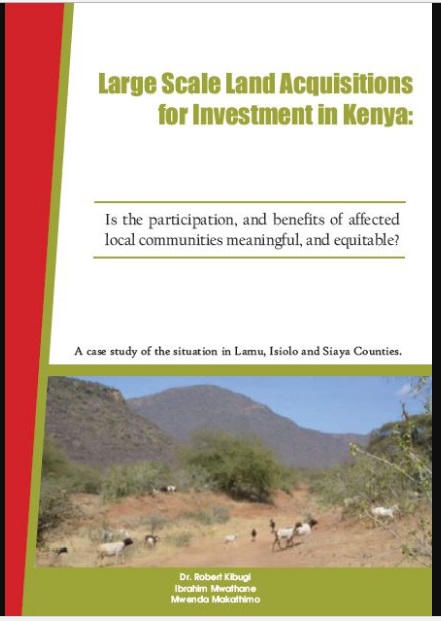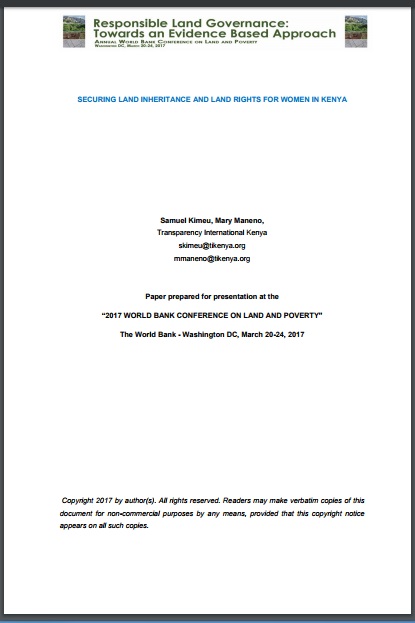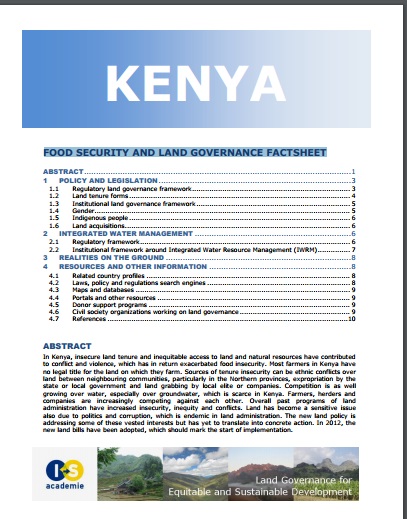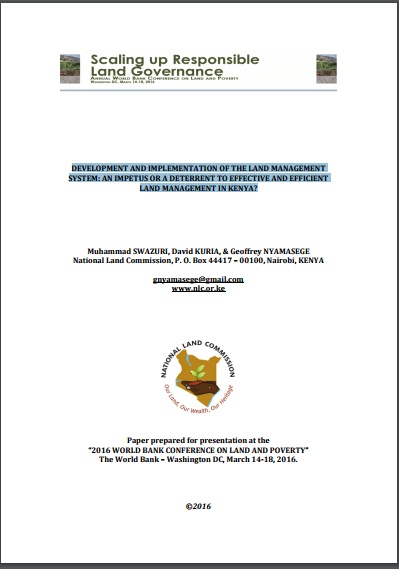Artigos seleccionados sobre questões de terras em Moçambique
o presente trabalho e uma compilação de vàrios artigos que sintetizam os resultados de pesquisas de campo sobre acesso e segurança de posse de terra efectuados nos liltimos cinco anos em Moçambique. Trata-se de pesquisas realizadas pelo projecto sobre Política Fundiária -Land Tenure Center da Universidade de Wisconsin, Estados Unidos da América, em colaboração com o Ministério da Agricultura e o NET-Núcleo de Estudos da Terra, da Universidade Eduardo Mondlane.










